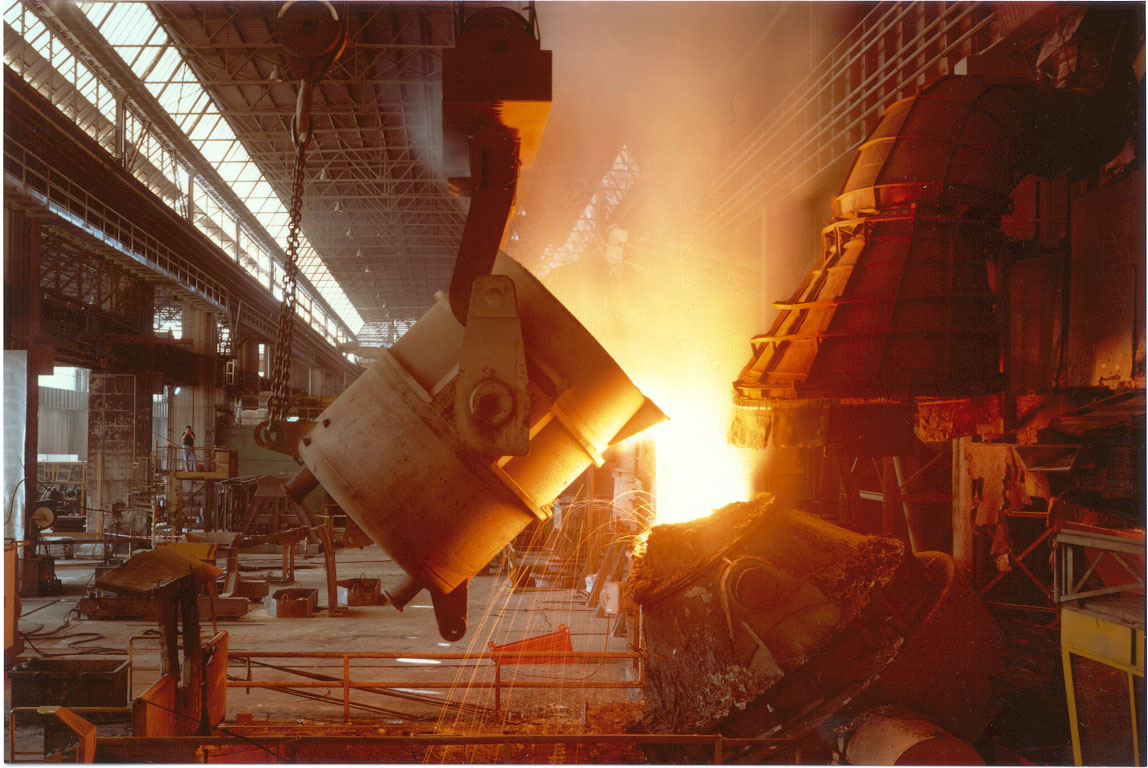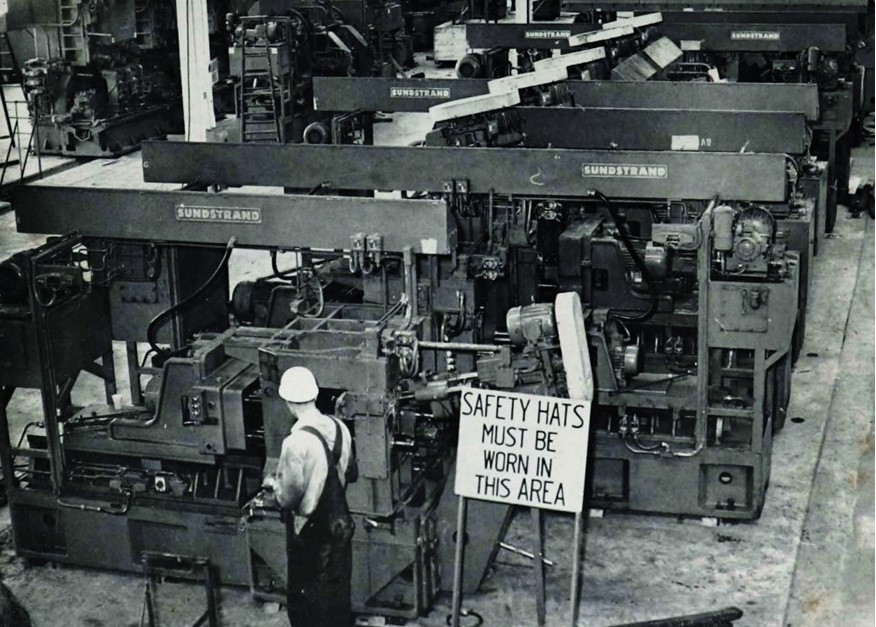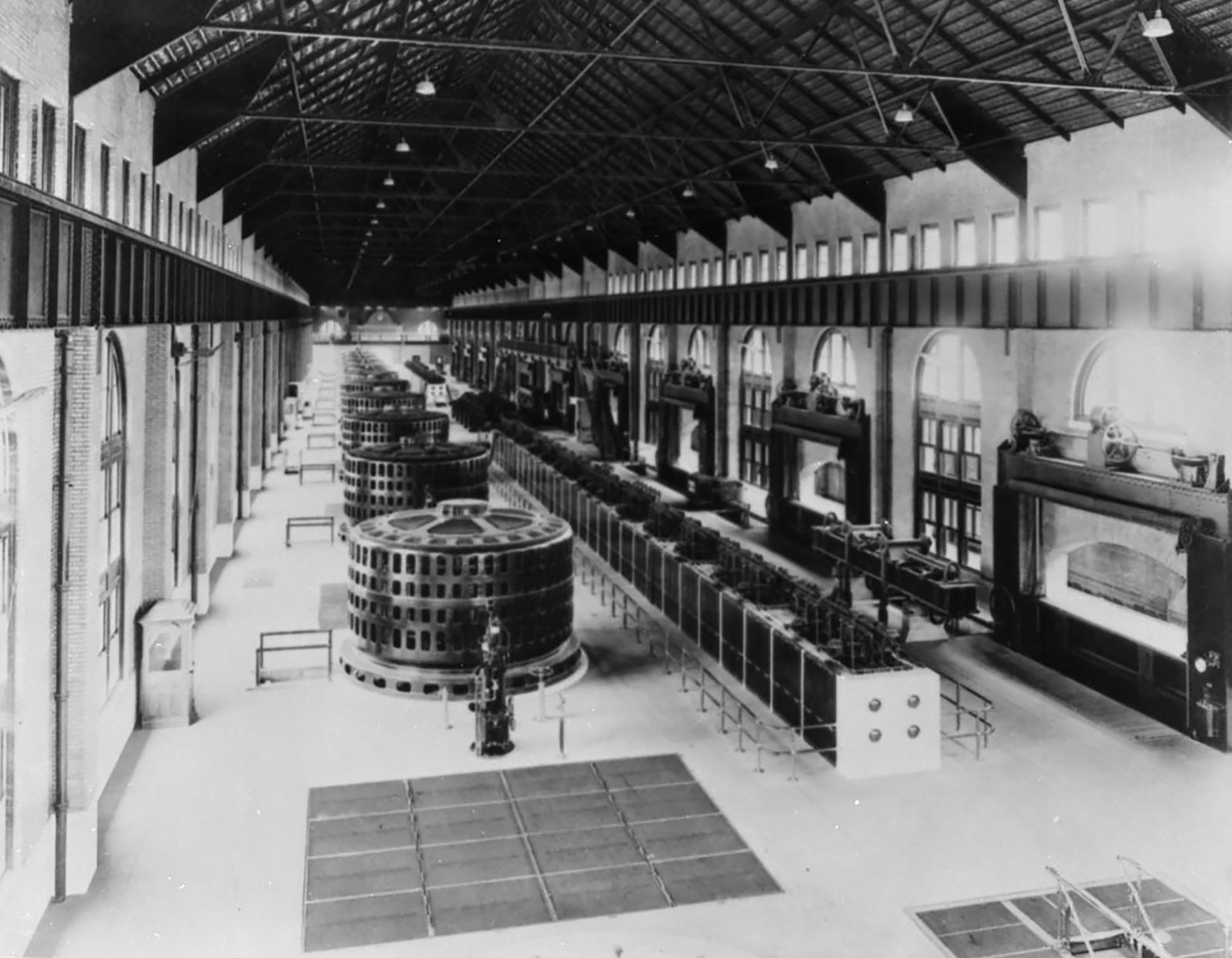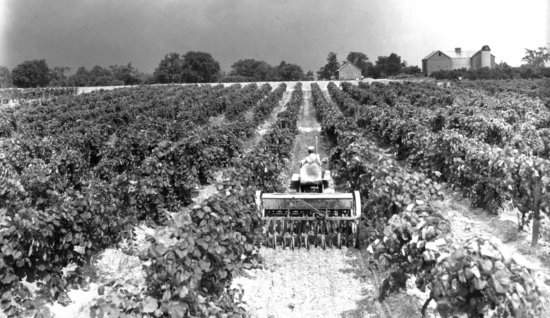-

Manufacturing is the largest sector in this study. No other sector demonstrates the fluid boundaries among industries of the economy like manufacturing. These products may be finished, meaning that they are ready to be used or consumed. They could be semi-finished, in the sense of being used as raw materials for further manufacturing. They could be deployed in related activities, such as the assembly of the component parts of manufactured goods, the blending of materials, and the finishing of other manufactured products.
The manufacturing sector thus encompasses a vast array of industrial and occupational activities that intersect and overlap with most other sectors. A general way of thinking about manufacturing is that it is a secondary sector of the economy, distinct from primary activities like agriculture or resource extraction on the one hand, and tertiary activities like services on the other. This leaves the term applicable to a range of human activity, from handicraft to high-tech. For our present purpose, the focus is on industrial activities by which raw materials from the primary sector are transformed into some form of finished product or semi-finished goods and services.
We examine changes in Niagara’s manufacturing sector, comparing trends in the region with those of the province of Ontario, and Canada as a whole. The analysis covers both North
American Industry Classification System (NAICS) and National Occupation Classification (NOC) data, examining changes in jobs by industry and occupation. The discussion starts with NAICS data on industry trends and then proceeds to the NOC data on changes in occupation.
-

Niagara region’s physical features made it a unique and attractive place for capitalists looking to settle industrial businesses in Canada’s growing economy. Niagara’s ample water access, proximity to the United States, Welland Canal systems, and railway lines made it an ideal location for manufacturing goods. Through the 20th century, this trend continued with the introduction of cheap hydroelectric power and its location as a major shipping route.
National and global events, such as the world wars and the Great Depression, helped shape both local conflicts and prosperity in the manufacturing sector. In the first half of the 20th century, manufacturing in Niagara was characterized by the mechanization and consolidation of major industries and major changes in the labour movement and worker’s rights. By the second half of the 20th century, issues of pollution and the start of the “green revolution” created major changes in Niagara’s manufacturing sector.
This paper provides a brief overview of Niagara’s largest manufacturing sectors and their histories, beginning from Niagara’s earliest manufacturers – millers -- to modern automotive and heavy industry. General themes are studied in greater detail, including labour movements, technological advances, and environmental impact.
-

Information and communications technology (ICT) is a broad range of industries comprising technologies related to communications media (including wireless signals) and computers, including software, apps, digital platforms, data storage, management and dissemination, and audiovisual systems. ICT gadgets, conduits and platforms include “the Internet, wireless networks, cell phones, and other communication mediums.”
The data cover a 20-year period (2001 to 2022) and consist of absolute and percentage changes over time. This paper also includes the national location quotients for each of the industries. We included the location quotients because they indicate an area’s level of specialization in each industry. Specifically, in this case, it allows us to compare a region’s job concentration in its ICT sector relative to the total job concentration in Ontario and Canada’s ICT sector.
The data focuses on Niagara. However, for comparative reasons, it also includes provincial and national figures and trends for the same period as well as data from a select number of Census
Metropolitan Areas (CMA) within Ontario that have sizeable ICT sectors.
-

This paper will explore the beginning of this sector in the late 18th century when mill owners in Niagara began producing the region’s first energy in the form of water wheels attached to mills. It will then follow crucial technological advancements within the sector through to the end of the 1890s, recounting hydro policy and its development through time. These policies would lead to the creation of the Hydro-Electric Power Commission of the Province of Ontario (HEPCO), the fight for publicly owned power, and the creation of some of the largest and most advanced hydro plants in the world in Niagara Falls, Ontario. These projects would create thousands of jobs for the community and attract new industries to the region while improving and strengthening existing sectors.
-

For this research we define the electric power generation sector as a composite of industrial activities related to generation, transmission and distribution of electric power. It also encompasses occupations vital to the sector, such as electrical, civil, mechanical, and electronics engineers, power system electricians, electrical power line and cable workers, and power engineers and power systems operators.
-

This working paper provides a snapshot of the relationship between hydroelectric power generation and economic development in Niagara. The focus of the paper is 1969 to the present day, and the evolution of hydroelectricity since the Regional Municipality of Niagara (Niagara Region) was first incorporated. The goal of the paper is not to provide an exhaustive history of hydropower, or of the intricacies of hydro policy in Ontario, both of which have been covered in more detail elsewhere
The goal is to focus on hydroelectricity's position within the Niagara region’s broader economic landscape. With that in mind, the paper is divided into three sections: pricing, supply and demand, and green energy. Each section provides insight into the historic relationship between Niagara and hydroelectric power generation and into the future of hydroelectricity within the region.
-

This working paper explores the evolution of agriculture in Niagara. It focusses on the growth of the agricultural sector post-
1969, which is the year that the Regional Municipality of Niagara (Niagara Region) was first incorporated.
The paper touches on the challenges that face farmers today, as well as the policies and opportunities that are likely to shape the agricultural sector moving forward.
-

For this working paper, we define the agribusiness sector
as a composite of industries consisting of agricultural
produce; the processing, storage, and distribution of such
farm produce; the manufacturing and distribution of farm
equipment and supplies, and the provision of requisite
services in support of farming operations. As the name
“agribusiness” implies, we see the sector as a collection
of activities that connect agriculture and business with an
emphasis on the interdependence of the various industries
and activities within the production and distribution chain.
-

A thirty-nine page, cited paper detailing the economic development in the Niagara area from Indigenous land use to the mid-20th century.









